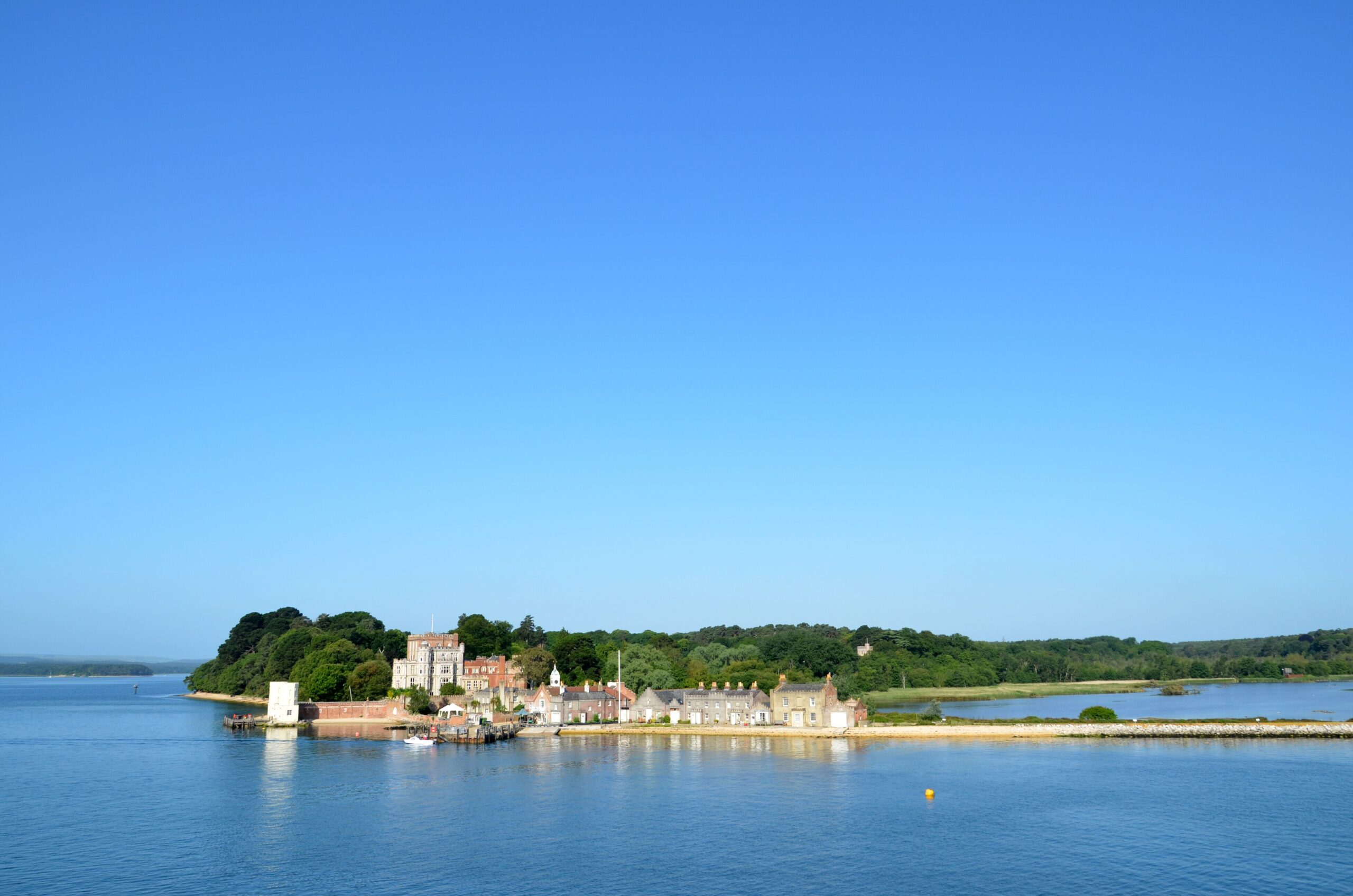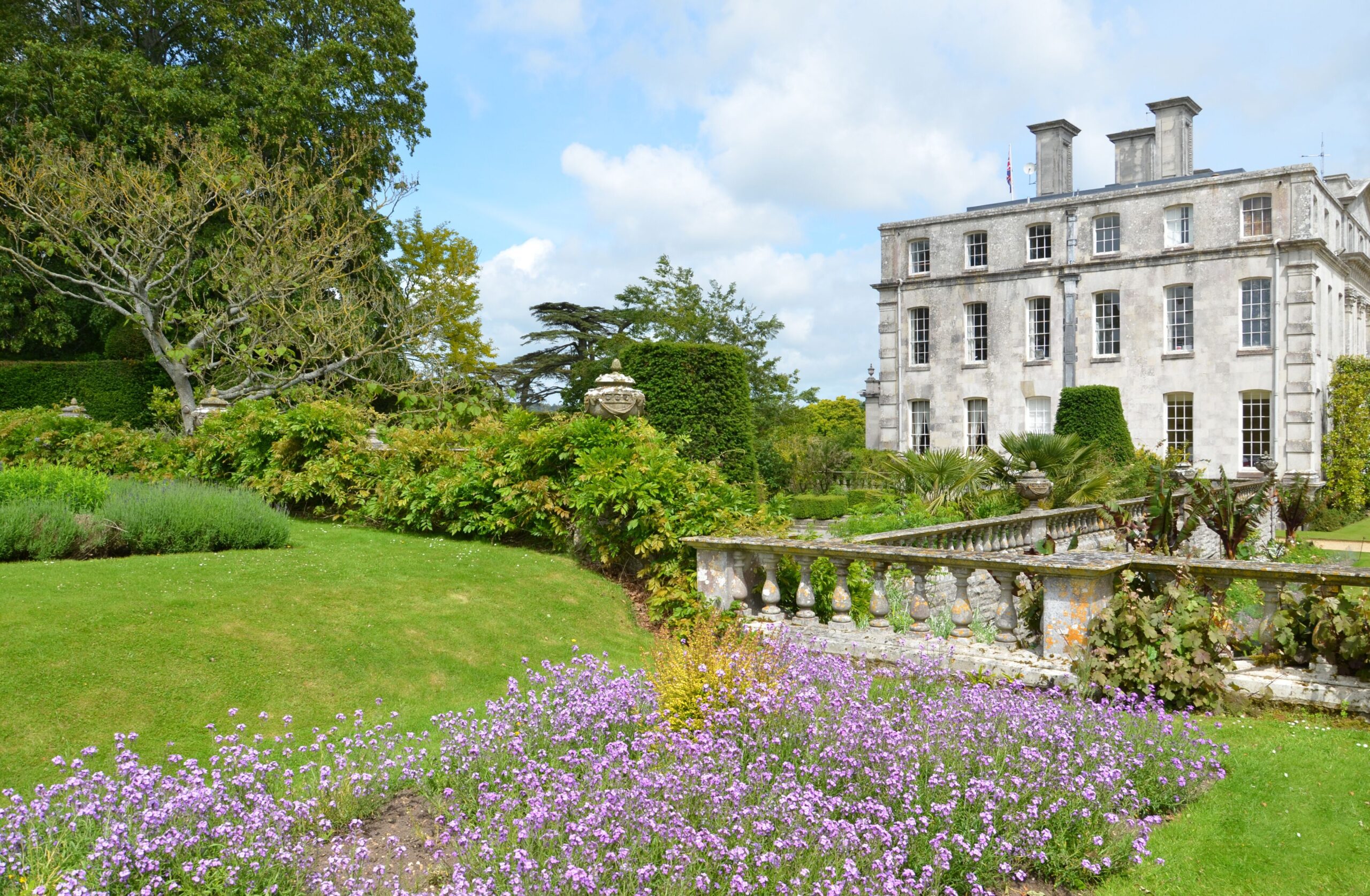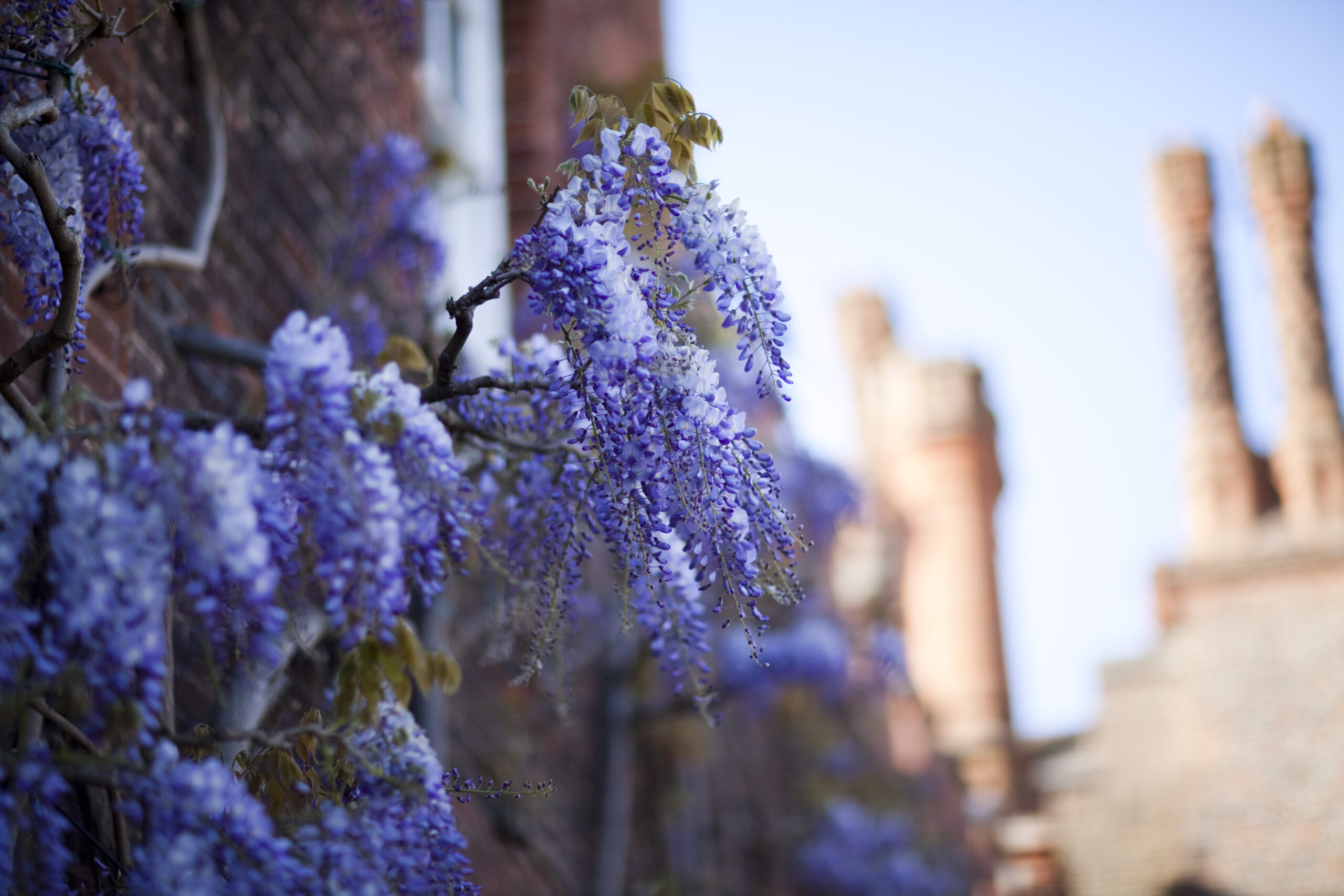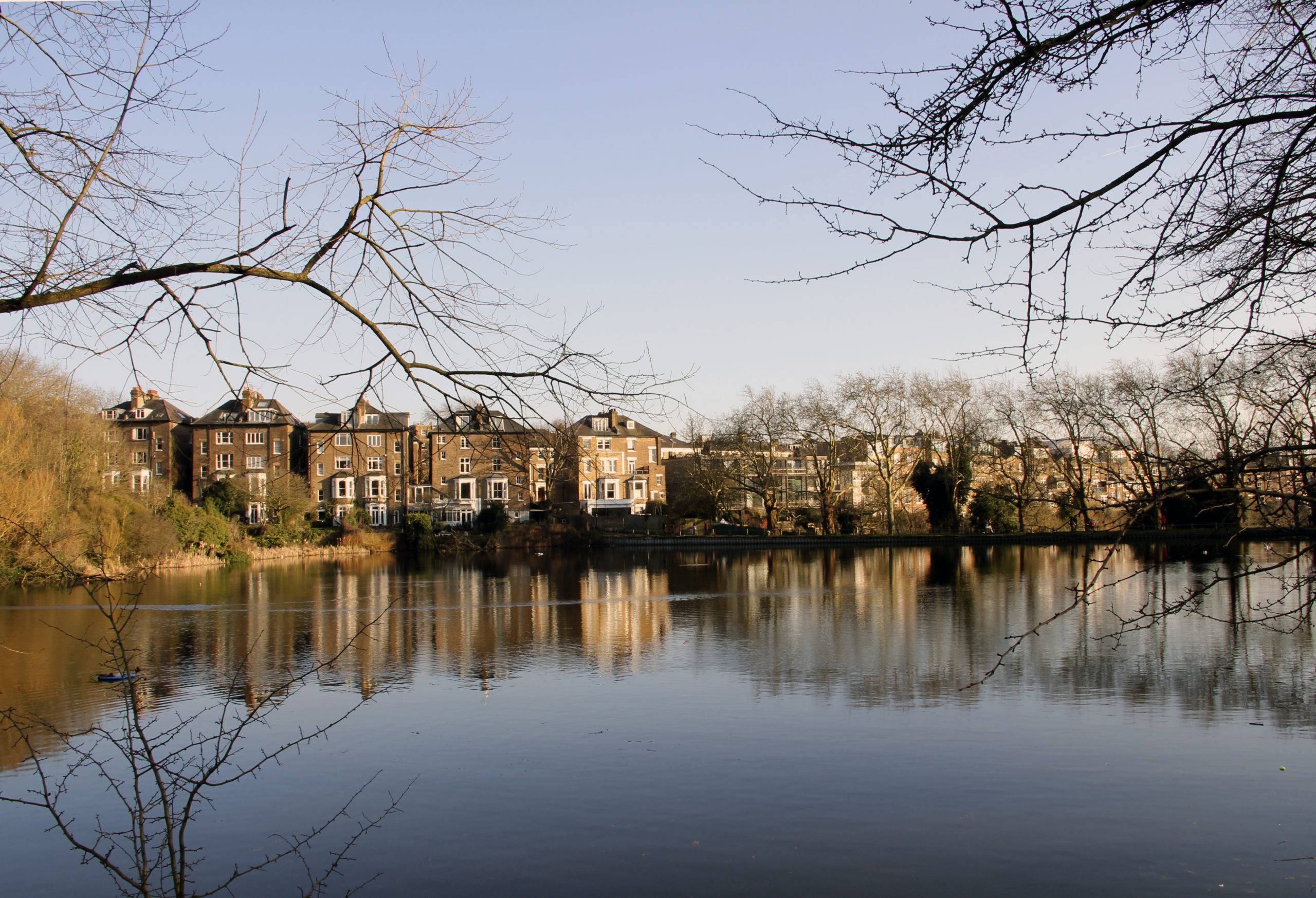Mark Lawson of The Buying Solution speaks to Alexandra Goss of The Telegraph on what it’s like to live on a British Island.
Read more here

Mark Lawson of The Buying Solution speaks to Alexandra Goss of The Telegraph on what it’s like to live on a British Island.
Read more here

Jemma Scott of The Buying Solution speaks to Liz Rowlinson of The Times about the demand for properties close to grammar schools in the Buckinghamshire area.
Read more here

My professional life has changed considerably since I joined The Buying Solution in January 2023 as a buying agent. I never imagined I would be commandeering a helicopter to view off-market properties in Sussex, Surrey and Kent!
A bit about me: I grew up in Somerset, then moved to London in my early twenties and started my estate agency career with Kinleigh Folkard & Hayward before moving to Carter Jonas’ Barnes office. My first buying role was with an established boutique agency, Crown Mayfair. I then spent 5 years within Savills’ country department selling super prime country properties in Surrey, Sussex and Hampshire.
Having worked on both sides of the fence, I often think about the differences in skillset and lifestyle when moving from selling to buying agent. Here are my top 5:
We only represent the buyer
Buying agents differ from estate agents in that we are retained by the buyer to act in their best interest and charge a fee for this service. Our key objective is to find and secure a property that best matches our clients’ preferences and guide them through the whole search and acquisition process.
We also aim to secure this on the best terms and price for our client, whereas, of course, the estate or letting agents work in the seller’s best interests. Sales agents are appointed to sell a property on behalf of the vendor, and once the transaction goes through, their job is done. Each agent will charge a fee for their service.
Giving access to off-market opportunities is one of our main winning edges. In fact, most of our transactions are off-market with many being totally exclusive to our client.
People and relationships
I prefer working as a buying agent primarily because it is a people business, and we work a lot closer with our clients which makes it more rewarding.
Buying agents are much less process-driven and more focused on people, relationships and giving the best advice. It is not a servile relationship but more of a trusted advisor role based on honesty, often resulting in friendships at the end of the process. I have already been referred to a client’s friend to help with their search after securing them their new home.
You have to invest time to understand the client’s brief properly, and often, buyers may not even know what they want or may have misconceptions about certain areas or property types. Then, you have to find the right property at the right price, which often means mining a network of contacts to unearth off-market gems. As a buying agent, our job rarely ends when the deal has been completed, and our clients often seek our help once they have moved, whether it is for recommendations for local amenities, interior designers, architects, or property management issues, to name just a few.
Generally, once an exchange has taken place, the estate agent’s role has been satisfied, and they will be off to commence the next sale. Meanwhile, the buying agent is still liaising with the client over contractors, architects, security and other professionals, ensuring the transfer and completion run smoothly. Rarely will an estate agent go around to the house on the day of completion to check that the curtains included in the sale are at the property, for example. Our completion day starts with an inspection prior to final monies being released and we are then there to deal with the handover of keys and ensure the day runs as smoothly as possible.
Listening, empathy and discretion
The best buying agents listen to their clients. They understand what and why their client wants to buy something and quickly learn their likes and dislikes. Empathy and discretion are extremely important and differentiate the good from the bad or mediocre.
Most importantly, a good buying agent must know why the purchase price should be a certain amount when the agent is asking for something different.
The second important role is to highlight the positives and any possible negatives that might affect the client’s experience or the property’s future value. We explore what’s happening in the local area and delve into planning portals to spot any issues. As an example, is there a threat of major development in the area? A new housing development, be it close by or a number of miles away, could change the area dramatically in a few years – be it travel time to schools/stations or an impact on the view. Fracking is also a topic that we advise our clients on. A buying agent will organise surveyors, liaise with solicitors and other professionals to ensure the transaction proceeds with the minimum of fuss.
A buying agent’s role is not one of selling but of advising and safeguarding that their client’s interests are looked after at every step of the way, listening to them rather than telling. Although we are not afraid to tell clients what they might not want to hear if it is in their best interests.
Attention to detail
The buying process is often much longer than the selling process. To begin with, we will proactively search the market using our network of contacts to give you access to all properties that suit your requirements, including those that are only available ‘off market’. Patience is often needed as our role is to find the client the right house and on the right terms, so we have to play the long game at times to achieve this.
The search is only the start of The Buying Solution’s service, as we conduct extensive due diligence on the property, providing impartial advice on price and any other issues that might affect your future enjoyment. These are then summarised in our comprehensive due diligence report.
Our teams are made up of experts in their region who know how to get their clients to a ‘preferred buyer status’ and negotiate the most favourable terms on their behalf. It is only sometimes the case that the highest price wins, and we are creative and flexible when it comes to negotiating on your behalf. Once terms are agreed upon, we guide the purchase through to exchange of contracts dealing with any issues that might arise and working closely with solicitors and other advisers.
Following an exchange of contracts, we provide clients with a completion and handover service. This includes inspecting the property on the morning of completion to ensure everything is as it should be before final monies are released.
On purchases, our completion management specialist will then deal with the transfer of staff (if required), utilities and services and provide you with a New Owners Guide on how everything works, as well as advice on the ongoing management and the running of the property.
It’s not for everybody
I find that my role as a buying agent is much more varied than before. I cover a bigger region – from Surrey to Kent. This means I must plan my days more thoroughly and carefully manage my diary.
I also work at home more with greater levels of autonomy but know that my evening or weekend can change very quickly if the right property for a client becomes available – as it is then all hands to the pump to land it for them.
Life as a buying agent can be very demanding as we often work to a tight timetable, but the rewards are worth it when we deliver. My most recent exchange in Surrey was a house that was offered to us through a private network; our clients were first through the door and, subsequently, the last through the door! They had been looking for over two years before engaging with us in a very tight area, and we acquired this for them within a few months of being instructed – they totally now see the value in using a buying agent.
Of course, there are perks to the job besides the helicopter trips. I get to see the best properties my patch has to offer and get to attend extraordinary events to meet clients from all over the world. Get in touch if you would like to find out more.

Mark Lawson of The Buying Solution speaks to Victoria Brzezinski of The Times on how to sell a country property this spring.
Read more here

Mark Lawson of The Buying Solution speaks to David Byers of The Sunday Times on those home improvements that could devalue your property.
Read more here

The Buying Solution’s Harry Gladwin speaks to Liz Rowlinson of The Spectator on the popularity of padel courts in property.
Read more here

Jemma Scott of The Buying Solution speaks to Arabella Youens of The Daily Telegraph about multi-generational homes.
Read more here

The Buying Solution’s Will Watson speaks to the Evening Standard about why Londoners are returning back to the city following the pandemic.
Read more here

The Buying Solution’s Giles Elliott speaks to Ruth Bloomfield of The Spectator on North London’s property market.
Read more here

Harry Gladwin and Mark Lawson discuss the affect of the current mortgage climate within the prime residential property market. Read more here.